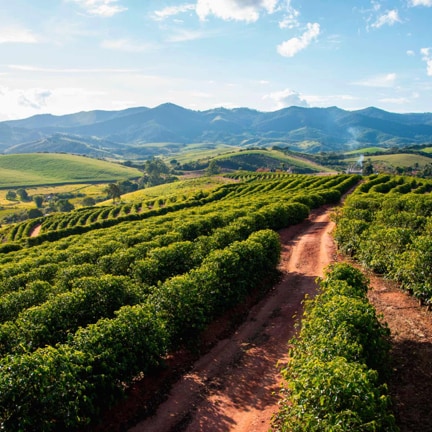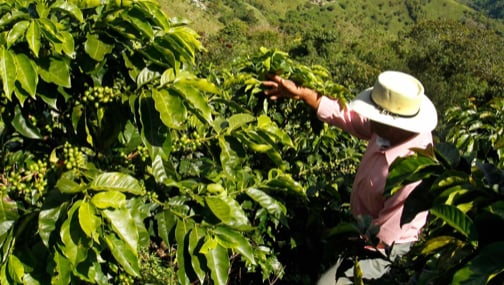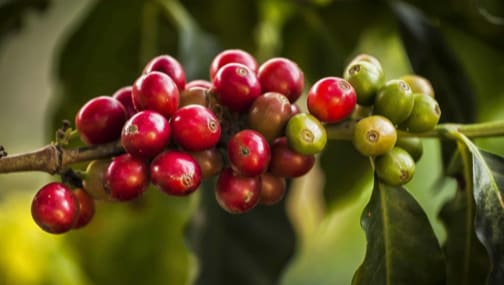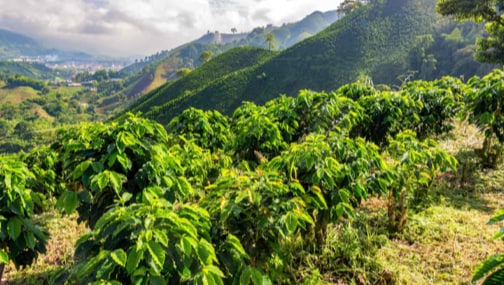
Trends & Lifestyle
Conventional coffee on the one hand, specialty coffee on the other. Two cups representing two different models in which climate change is an issue. What solutions are there for the future and how can we adapt, if indeed we can?
A pessimistic thought, perhaps, but a realistic one. Scientists are realising this and are working on new varieties that could genetically adapt to this change in our climate. Tim Schilling (founder of World Coffee Research) is very much aware of this in his work:”If we don’t do something, that’s the risk that coffee producers and consumers are going to face”.
This far-flung product will not escape the phenomenon, either; on the contrary, the high-altitude farming practices required to grow it are, in fact, at the forefront of the changes that are taking place. Coffee bushes have been reacting differently in recent years, there can be seasonal changes in the harvest, flowering can also disrupted or even non-existent (this being a key indicator of the development of the coffee cherry), due to the increase in temperature, and the fruit is often underdeveloped due to a lack of moisture, which affects the growth of the bean.
According to biologist and Expert Coffee Chain Analyst for International Coffee Farms Valentina Pedrotti,”Researchers have established that global warming significantly disturbs a plant’s metabolism”. These consequences disrupt the normal evolution of coffee varieties and what ultimately ends up in the cup. There is also evidence of the development of certain diseases that like to target the fragility of coffee bushes, such as certain types of fungi (anthracnose, rust fungus, etc.) that appear to encourage such disturbances.
From now on, producers will need to adapt, scientists will need to work harder and consumers will need to identify programmes that promote other agricultural practices, including agroforestry, but is this the only solution?
One of the weaknesses identified with many farmers is the intensive approach to coffee production that stems from intense market pressure. This is a result of the need to supply conventional coffees in large volumes and at prices that are regularly revised downwards. Such plantations prioritised yields to the detriment of the quality and health of the coffee bushes.
Global warming is really shaking things up, and specialty coffee could come out of this unscathed, if Valentina Pedrotti’s recommendations are to be believed:”It is possible to implement new plantation management techniques very quickly without any major investment by integrating practices that promote biodiversity whilst at the same time respecting the ecosystem”. The issue of agroforestry, which, according to the International Coffee Farms biologist, “shows great promise in terms of its role as a buffer in the event of sudden changes in temperature and as a natural regulator of biodiversity”, is another one that must be addressed.
The fact remains, however, that such production methods have lower yields.
Is the consumer ready to curb the volumes they purchase?
While we wait for the answers to such questions to become clear, we can already start ‘treating’ coffee bushes to help them cope with climate variations. This is a matter that affects the entire chain, from producer to consumer, and their future will depend on our purchasing patterns.
The warming of the atmosphere triggers a chain of transformation in coffee… Rising temperature = Lower humidity = Disappearance of the normal flowering season = Aborted development of the fruit (cherry) = Appearance of fungi on the green fruit = Proliferation of fungi with the onset of rain = Quality of the fruit impacted = Lower yield







Testo vario
Join us
Policies
Support